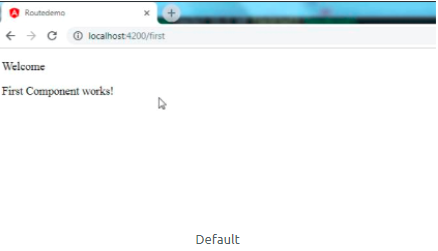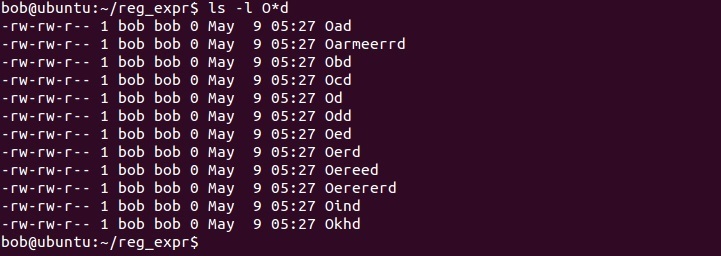

- #Filebeats wildcard path install#
- #Filebeats wildcard path software#
- #Filebeats wildcard path trial#
- #Filebeats wildcard path download#
Install Filebeat apt-get install filebeatĨ. Restart service for changes to take effect sudo systemctl restart metricbeatħ. Validate logging is configured for Metricbeat sudo nano /etc/metricbeat/metricbeat.yml logging.to_files: true logging.files: path: /var/log/metricbeat name: metricbeat keepfiles: 7 permissions: 0644Ħ. Save directory definitions echo “deb stable main” | sudo tee -a /etc/apt//elastic-7.x.listĥ. Install apt-transport-https package sudo apt-get install apt-transport-https -yģ.
#Filebeats wildcard path download#
Download and install the public signing key wget -qO - | sudo apt-key add -Ģ. Installation and configuration of Filebeat on Web Serversġ. With our ELK server setup with Filebeat, it is time to move on to our webservers. Enable modules sudo filebeat modules enable elasticsearch sudo filebeat modules enable kibana sudo filebeat modules enable system Start Filebeat systemctl start filebeatĨ. Validate Metricbeat service is running systemctl status metricbeatħ. Configure beat-expack sudo nano /etc/metricbeat/modules.d/beat-xpack.yml hosts: [“ username: “beats_system” password: “avatar”Ħ. Enable beat-pack if not already enabled sudo metricbeat modules enable beat-xpackĥ. Configure Filebeat sudo /etc/filebeat/filebeat.yml # Live Reloadding reload.enabled: true reload.period: 10s # Setup dashboards : true # Kibana host: “localhost:5601” # elasticsearch output hosts: protocol: “http” username: “elastic” password: “goodwitch” # logging.to_files: true logging.files: path: /var/log/filebeat name: filebeat keepfiles: 7 permissions: 0644 # setup monitoring through metricbeat http.enabled: true http.port: 5067Ĥ. Install Filebeat apt-get install filebeatģ. Restart service for changes to take effect sudo systemctl restart elasticsearch sudo systemctl restart kibana sudo systemctl restart metricbeatĢ. To start with out file beat setup, we need to first validate that logging is correctly setup for various components of our labġ.1 Elasticsearch path.logs: /var/log/elasticsearchġ.2.1 configure Kibana logging st: /var/log/kibana : true : 7ġ.2.2 Create log file for Kibana touch /var/log/kibana chown kibana:kibana /var/log/kibanaġ.2.3 configure logging for Metricbeat sudo nano /etc/metricbeat/metricbeat.yml # In the logging section, configure the following logging.to_files: true logging.files: path: /var/log/metricbeat name: metricbeat keepfiles: 7 permissions: 0644ġ.2.
#Filebeats wildcard path software#
Minimum software requirements for Filebeat installation on ELK server should already be met as we already have elastic search and Metricbeat installed on this server.

Installation and configuration of Filebeat on ELK Server We’ll use the APT repository method to install Filebeat. Please read this article to help set up the metric beat.Please read this article to help set up a single-node elastic search instance and Kibana.We will also need metric beat installed on this server. Note: You’ll need an existing elastic search cluster to store log data and Kibana to visualize this data.
#Filebeats wildcard path trial#
I have used the GCP platform to build my test lab since it offers $300 USD free trial credit but you can do it on your servers or any other public cloud platform as well. In this article, I’ll set up a single-node elastic search cluster( refer to this article) and two apache webservers.


 0 kommentar(er)
0 kommentar(er)
